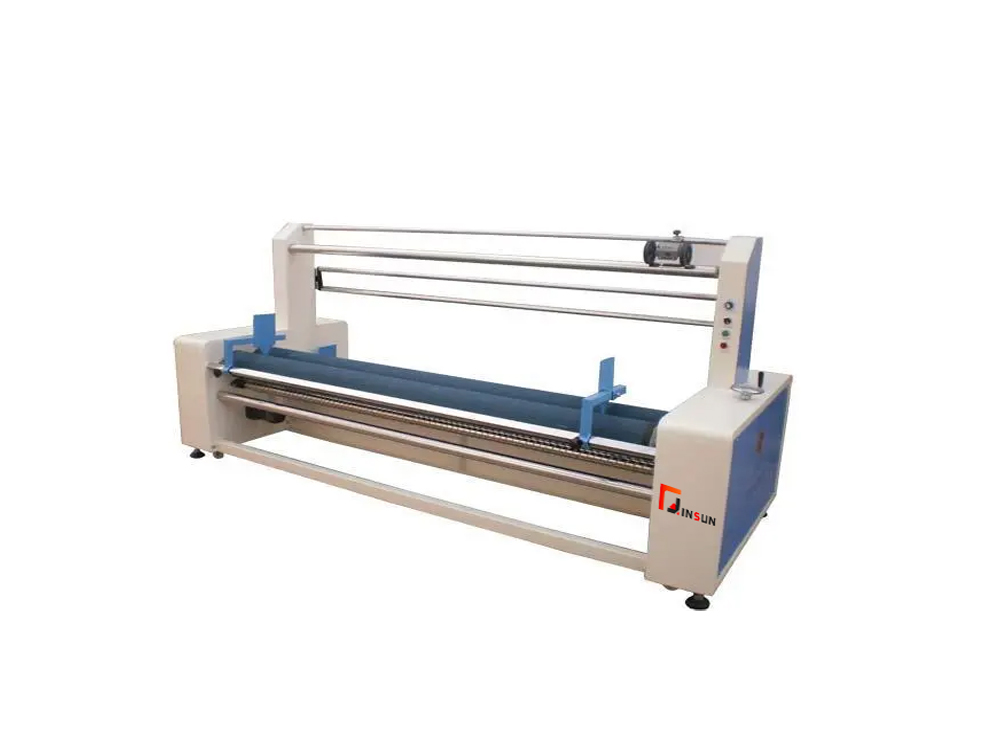Next-Generation Rolling-Up Machines: Integration of AI, IoT, and Advanced Materials
The rolling-up machine industry is undergoing a paradigm shift driven by advancements in artificial intelligence (AI), the Internet of Things (IoT), and novel material science. These technologies are redefining precision, efficiency, and scalability in processes ranging from metallurgy to nanotechnology. This article delves into cutting-edge innovations, sustainability practices, and cross-industry applications that are shaping the next generation of rolling-up machines.
1. AI-Driven Process Optimization
Modern rolling-up machines now incorporate AI algorithms to enhance real-time decision-making and process autonomy. Key developments include:
- Predictive Maintenance: Machine learning models analyze vibration, temperature, and acoustic data to predict component failures before they occur. For example, General Electric’s Predix platform reduces unplanned downtime by 35% in steel rolling mills.
- Adaptive Control Systems: Neural networks dynamically adjust roll gaps, rolling speeds, and lubrication based on material properties. A 2023 study showed that AI-controlled systems improved thickness uniformity in aluminum foil production from ±3% to ±0.5%.
- Digital Twins: Virtual replicas of physical machines simulate process variables (e.g., stress distribution, thermal gradients), enabling pre-production optimization and reducing trial-and-error testing.
2. IoT-Enabled Smart Factories
The integration of IoT sensors and cloud computing has birthed "smart" rolling-up machines capable of seamless communication across production lines:
- Real-Time Data Analytics: Sensors monitor parameters like roll torque, material flow rate, and energy consumption, transmitting data to centralized dashboards for analysis. Bosch’s IoT-enabled rolling systems achieve 20% energy savings through dynamic load balancing.
- Remote Diagnostics: Operators access machine health metrics globally via cloud platforms, enabling rapid troubleshooting. For instance, Siemens’ MindSphere ecosystem reduced service response times by 50% in automotive manufacturing.
- Interoperability: Standardized protocols (e.g., OPC UA) allow rolling-up machines to synchronize with ancillary systems like CNC laser cutters and robotic arms, streamlining end-to-end workflows.
3. Advanced Material Innovations
Emerging materials demand specialized rolling-up technologies tailored to extreme properties:
- High-Entropy Alloys (HEAs): Rolling machines with nanostructured rolls and ultra-precise temperature controls process HEAs for aerospace components resistant to oxidation and fatigue.
- Graphene-Reinforced Composites: Cold rolling techniques integrate graphene layers into polymers, enhancing strength and thermal conductivity for electronics applications.
- Shape-Memory Alloys (SMAs): Custom rolling-up processes exploit SMA’s self-healing properties to create durable medical stents and aerospace actuators.
4. Sustainability and Energy Efficiency
The industry is prioritizing eco-friendly practices to meet global decarbonization goals:
- Regenerative Braking Systems: Capturing kinetic energy during deceleration reduces power consumption by up to 25% in heavy-duty rolling operations.
- Closed-Loop Lubrication: AI-managed systems recycle lubricants, cutting waste by 40% while maintaining friction coefficients below 0.05.
- Lightweight Design: Hollow rolls made from titanium alloys reduce energy use without compromising structural integrity.
5. Industry-Specific Applications
a. Automotive Manufacturing
- Battery Foil Production: Ultra-thin copper and aluminum foils (<10 μm) rolled for EV batteries require nanosecond-level process control to prevent micro-pitting.
- Hydroforming Integration: Hybrid rolling-hydroforming machines create complex automotive chassis parts with 60% material savings.
b. Electronics
- Flexible PCBs: Roll-to-roll (R2R) electroplating systems enable mass production of wearable electronics with sub-10 μm trace resolution.
- OLED Screening: Precision rolling aligns organic light-emitting diode materials at molecular levels, achieving 99.9% pixel uniformity.
c. Defense and Aerospace
- Hypersonic Material Processing: Rolling-up machines equipped with plasma-assisted heating systems treat titanium alloys to withstand Mach 5+ temperatures.
- Stealth Coating Applications: Multi-axis rolling deposits radar-absorbing materials with 0.1° angular precision for aircraft stealth panels.
6. Challenges and Future Roadmaps
While progress is rapid, challenges persist:
- Material Waste: Achieving zero-defect rolling remains elusive. AI-guided predictive models aim to reduce scrap rates to <1%.
- Skill Gaps: Upskilling technicians in AI and IoT management is critical. Companies like Fanuc now offer "smart technician" certification programs.
- Standardization: The lack of global standards for IoT interoperability hinders scalability. Initiatives like ISO 22436 (Industrial IoT) aim to resolve this.
Future R&D focuses on quantum computing-powered optimization, self-healing materials, and fully autonomous rolling-up factories where AI orchestrates every process parameter.

2025-04-07 10:45
- Related News
Automatic Cross-Hatch Tester | PV 3952, Ford BN 108-03,GM N 14688 Compliant
Multi-Finger Scratch/Mar Tester | Automotive Plastics & Interior Materials T
Dental Material Color Stability Tester | ISO 4049 / YY 0270 / ASTM G155 Complian
Masks Bacterial Filtration Efficiency (BFE) Tester | YY 0469 / ASTM F2100 / BS E
Smoke Density Tester | ASTM E662 / ISO 5659-2 Compliant
Dry Microbial Penetration Resistance Tester | ISO 22612 / YY/T 0506.5
Dry Fallen Wadding Tester — YY/T 0506.6 | ISO 9073-10 | EN 13795-2
Fogging Tester | Automotive Interior Volatile Fogging Test System
